For some reason after they selected the "Inukshuk" as the logo for the 2010 Winter Olympics in Canada, this symbol of the native Inuit peoples of Canada suddenly became one of the symbols of Canada?
Anyways I found in inside a subway station in Osaka, Japan. I think it has to do with the fact that intensive wood was used in the architectural design of this Keihan Railway station.
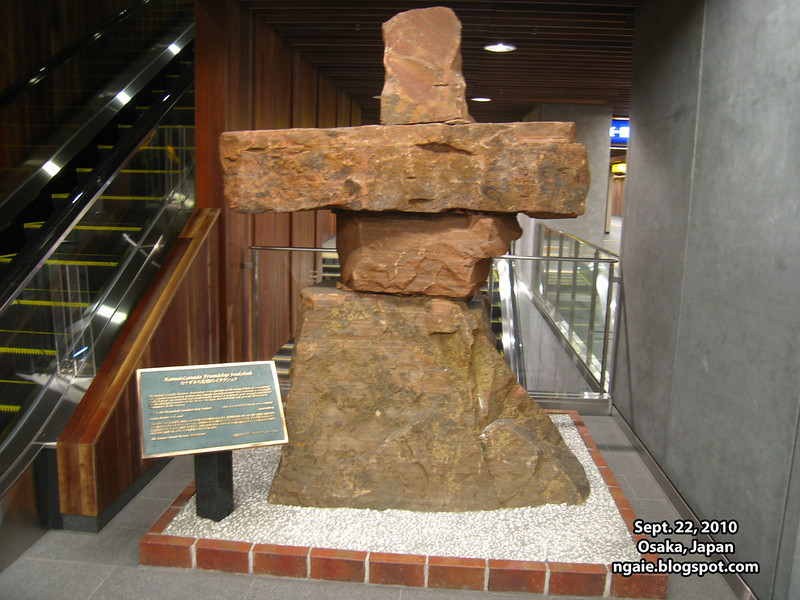
More accurately, it is known as the "Kansai-Canada Friendship Inukshuk".
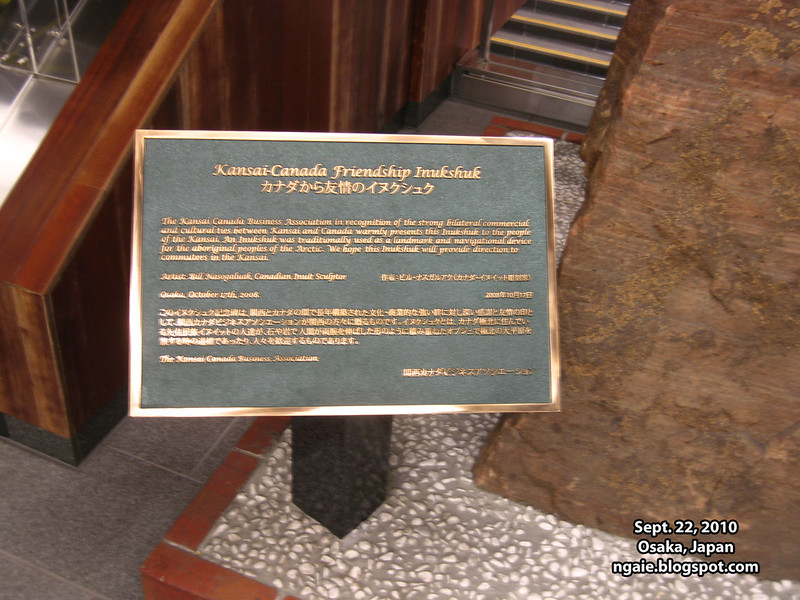
I guess it was funded by the following sponsors...
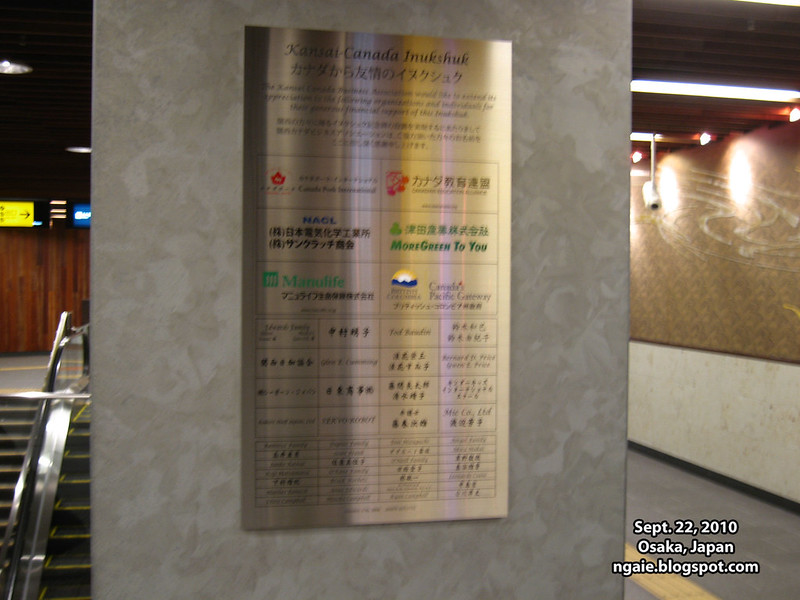
As I mentioned before, they used extensive (Canadian?) wood for this station and the results are spectacular. I cannot imagine any other city outside of Japan doing this as the wood paneling would surely be scratched and vandalized within days of its opening.
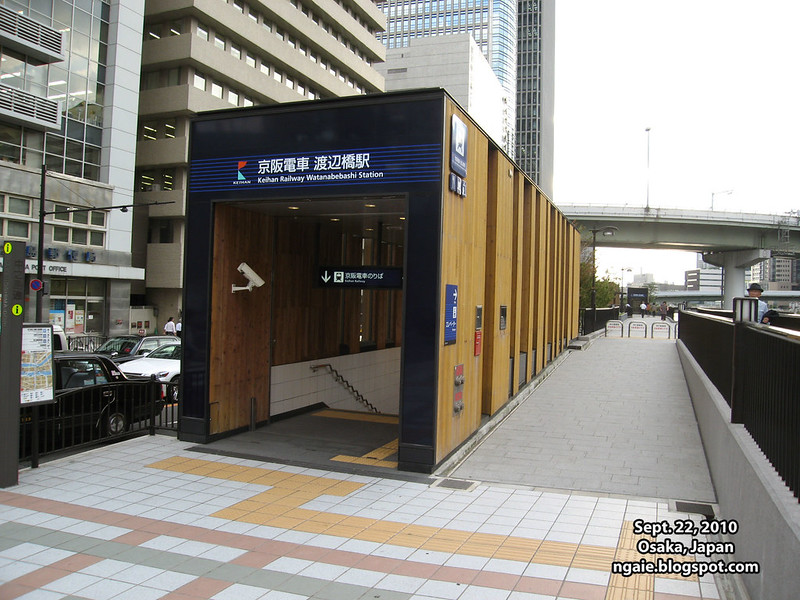
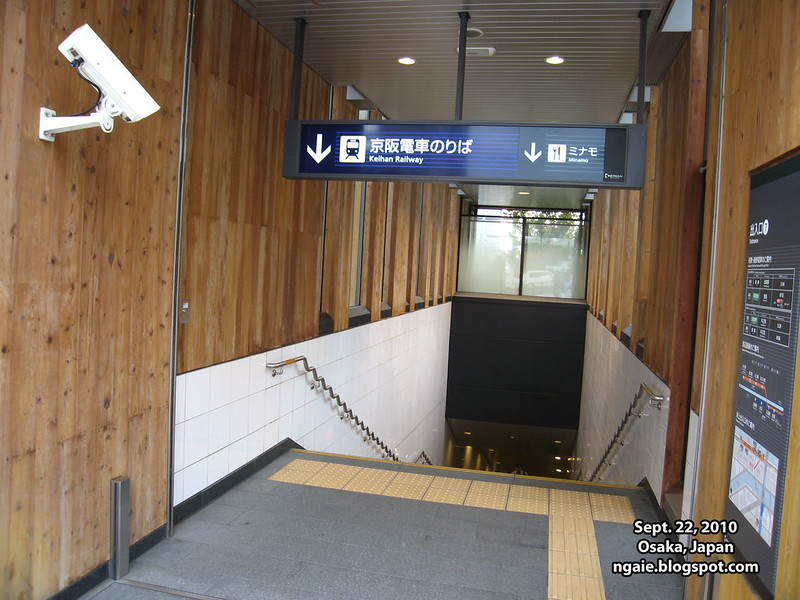
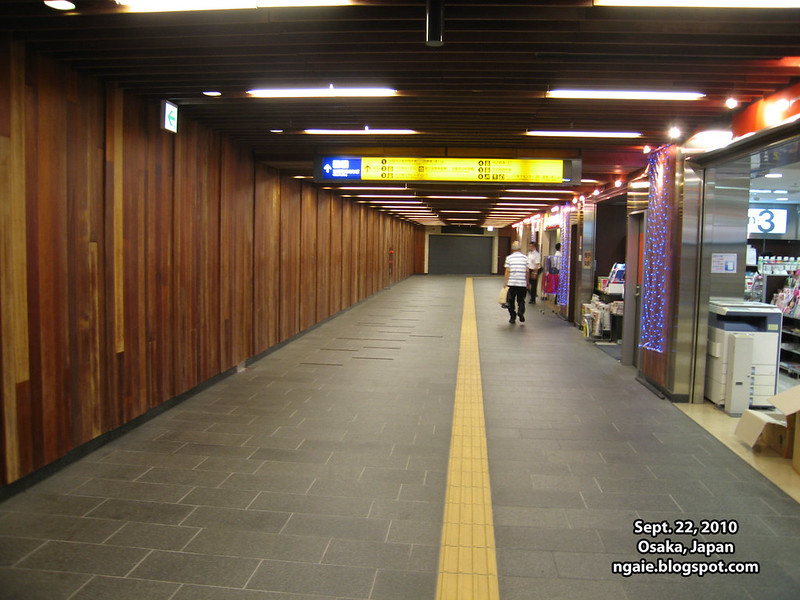
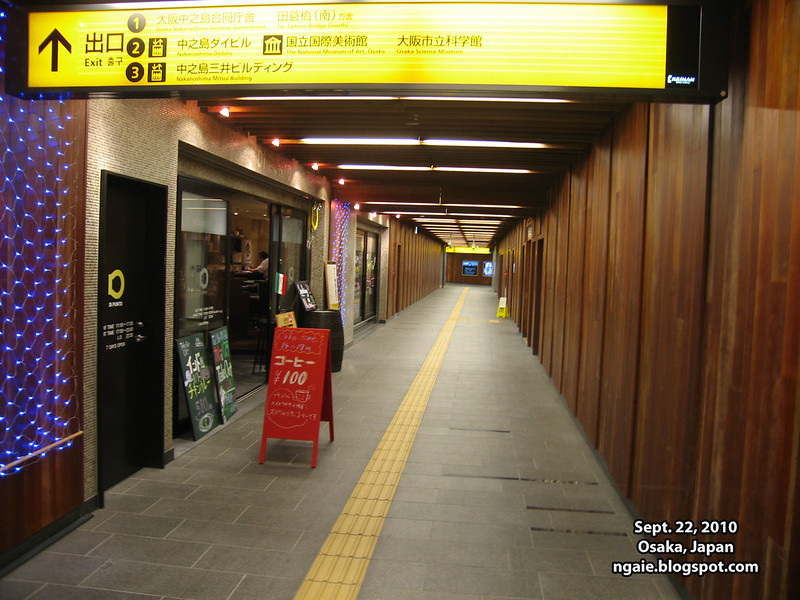
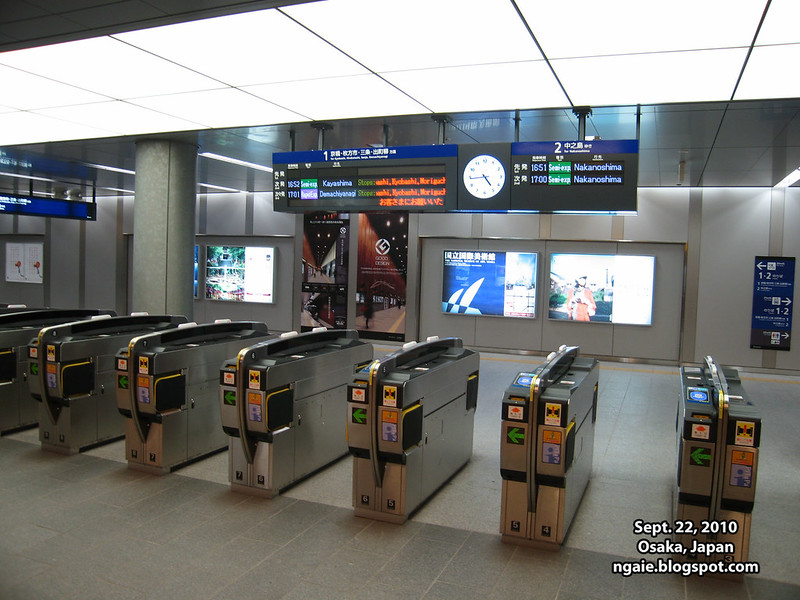
Japanese-style expressways. Due to a lack of land, when they were built in the 60s and 70s, they built most of them over rivers, so some rivers or canals are completely covered by elevated expressways.
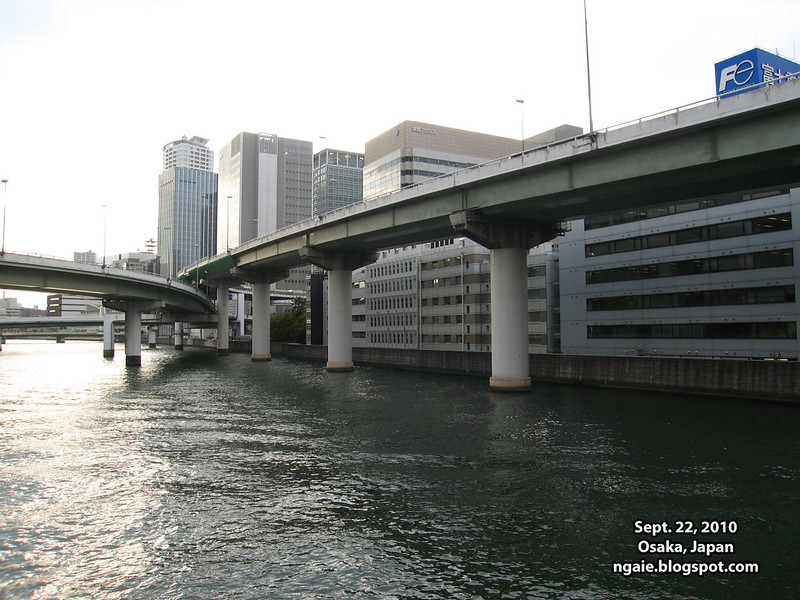
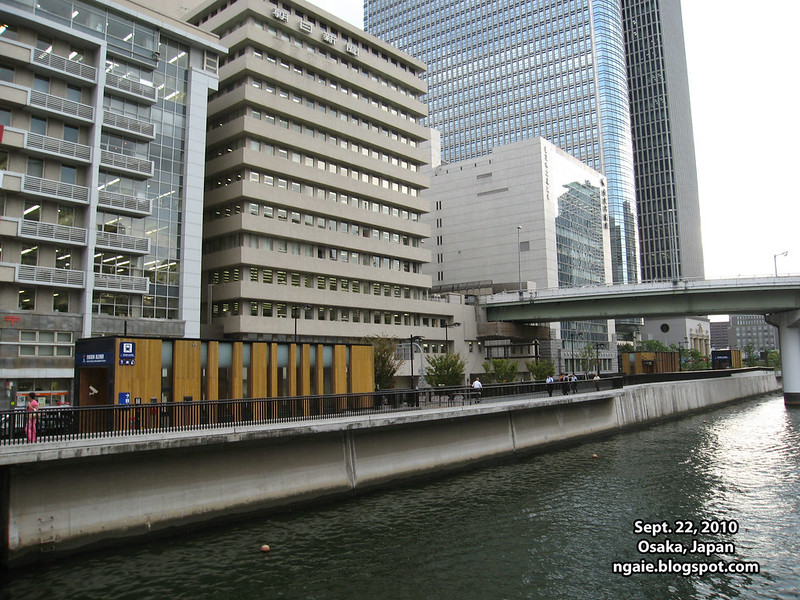
Mido-suji street in central Osaka. I would imagine most visitors to the city will never walk by this street because most of the shops and interesting things are located on a cramped covered arcade one block east of this street. In fact, I had been to Osaka may times and I had never walked on this street until I started exploring around.
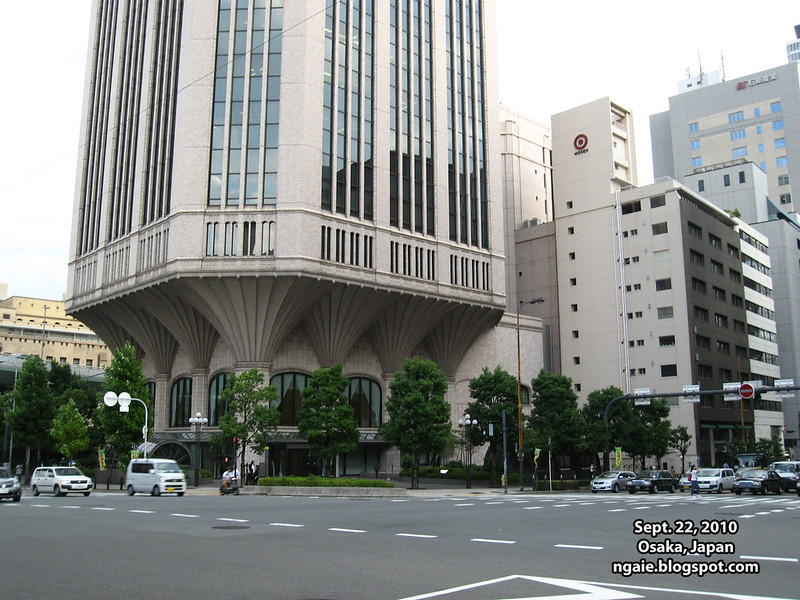
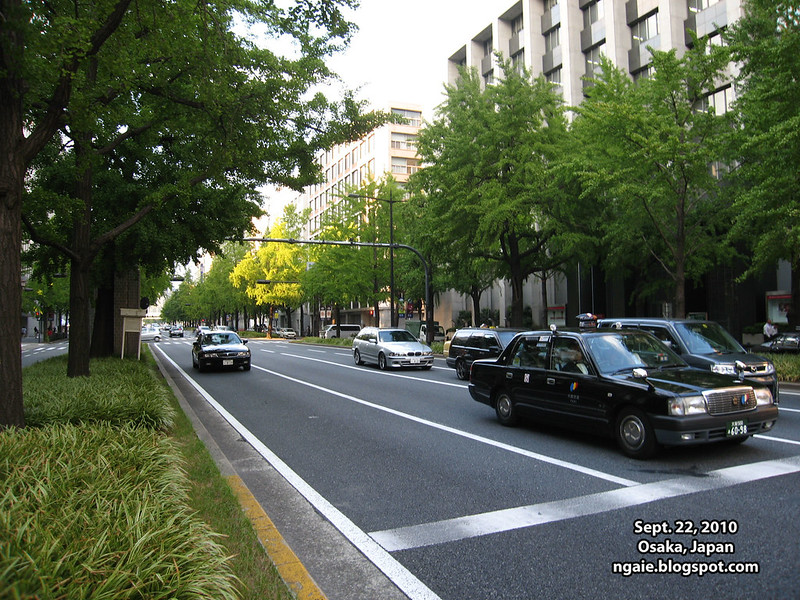
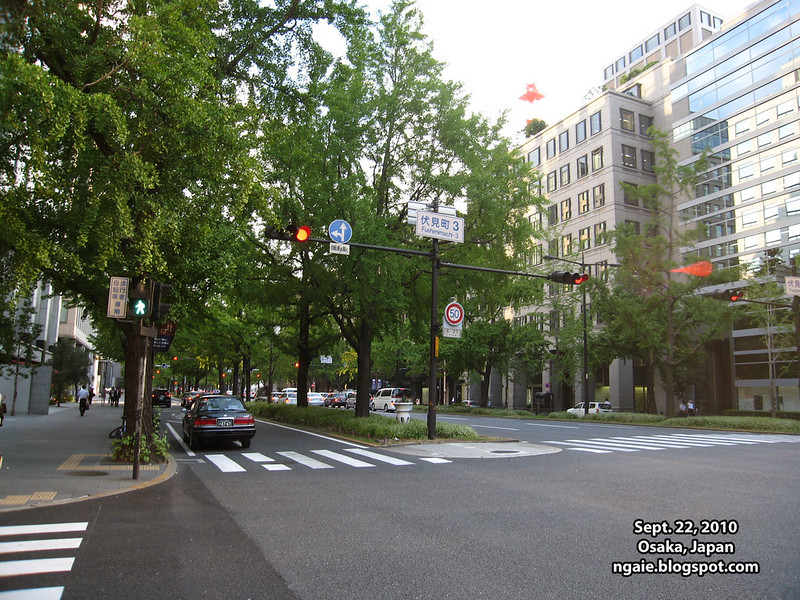
Some giant temple built in the pre-World War II Japanese style architecture on Mido-suji.
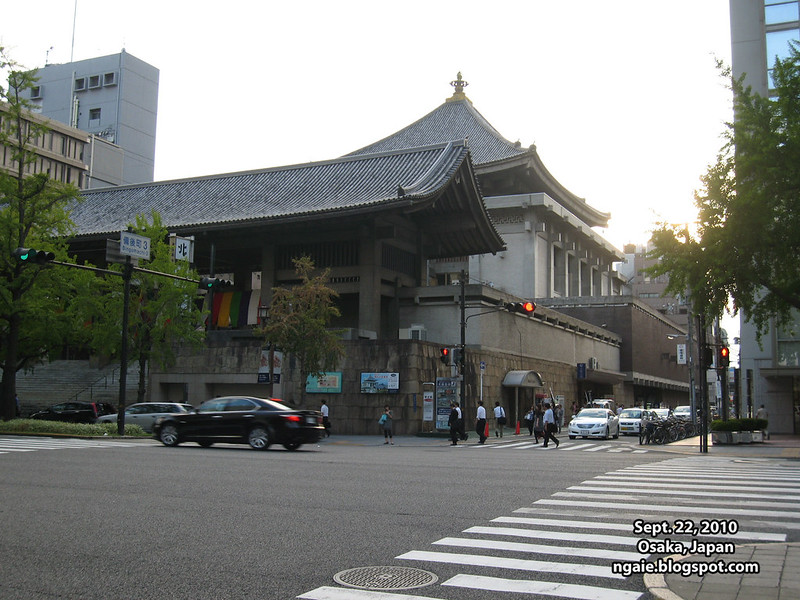
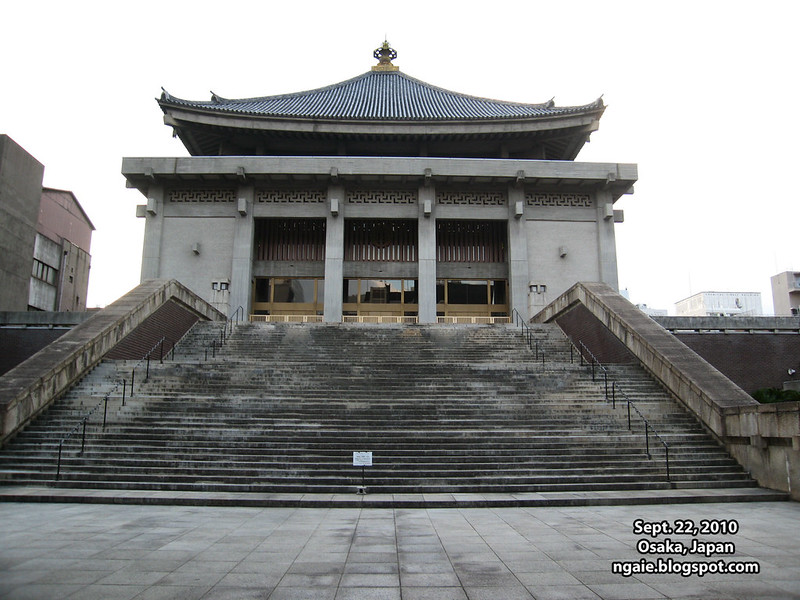
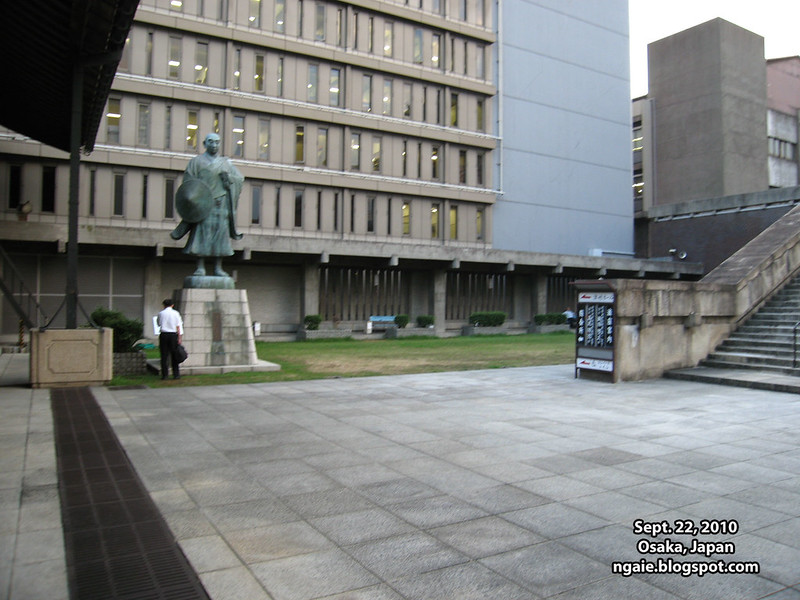

I walked into one of the nearby arcades and found something I had never seen before, a crane game where the prizes were Haagen Dazs ice cream. Wouldn't it be cheaper to just buy the ice cream from a supermarket?


The photo synonymous with Osaka. The Dontonbori entertainment and shopping area.
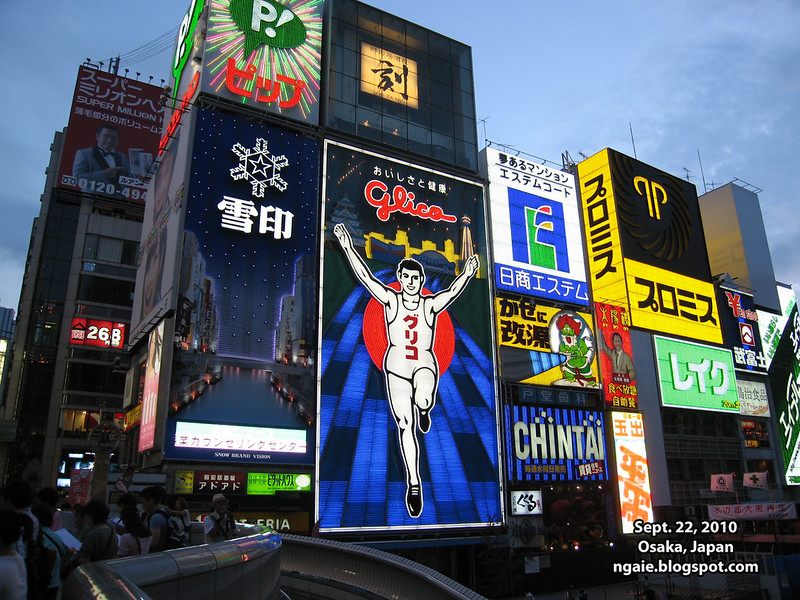
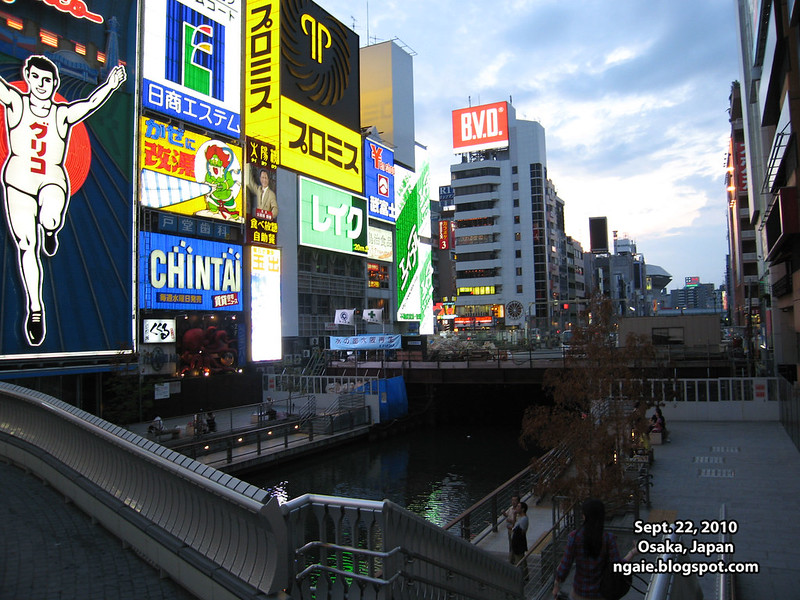
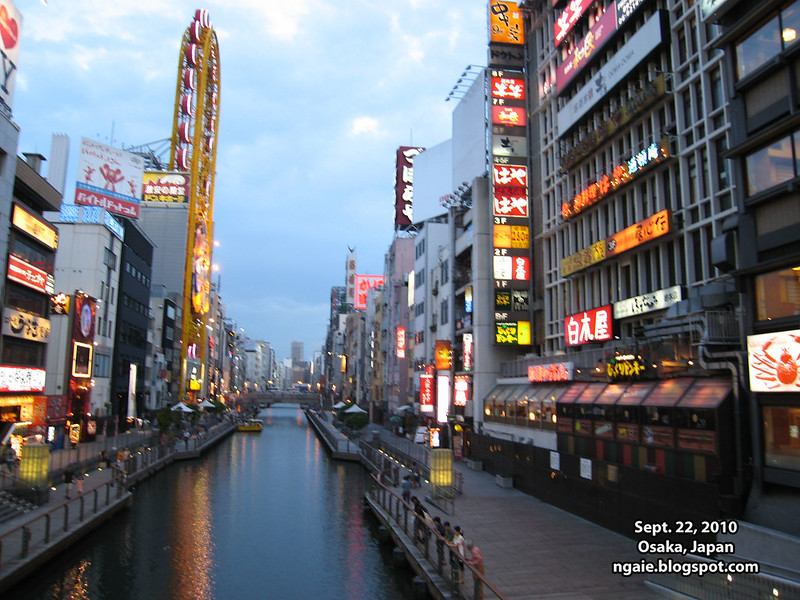
The junction for Dontonbori and Shinsaibashi, the main shopping street of Osaka.
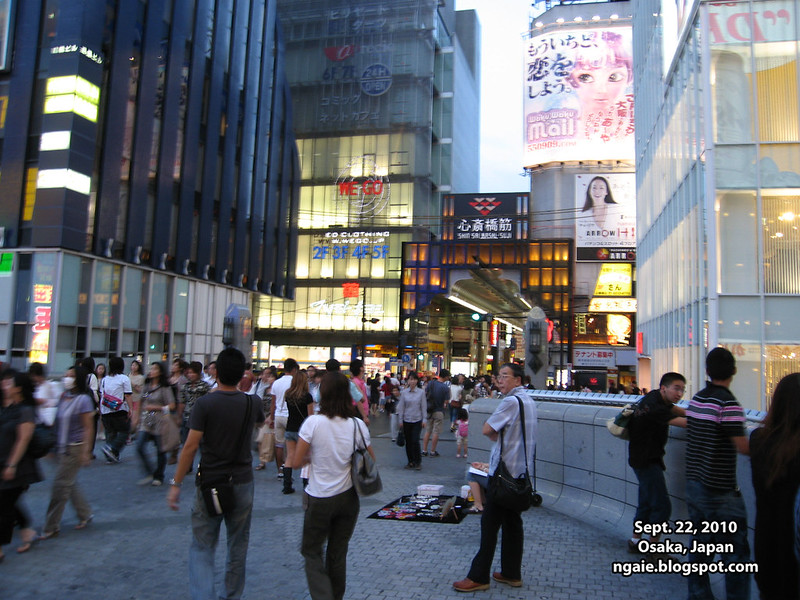
The main Dontonbori street which is lined with restaurants, bars and etc.
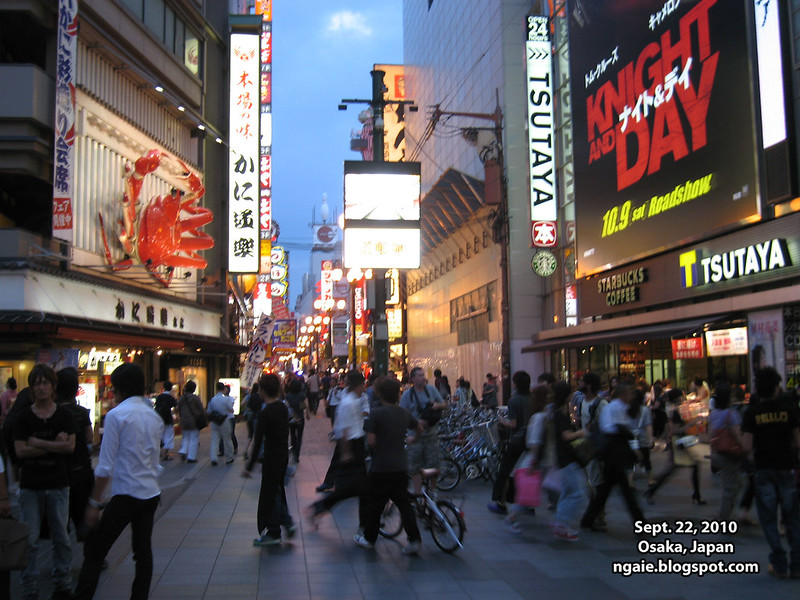
The end of the entertainment and shopping area is designated by the presence of the Naikai Railway terminal and the Takashimaya department store built inside it.
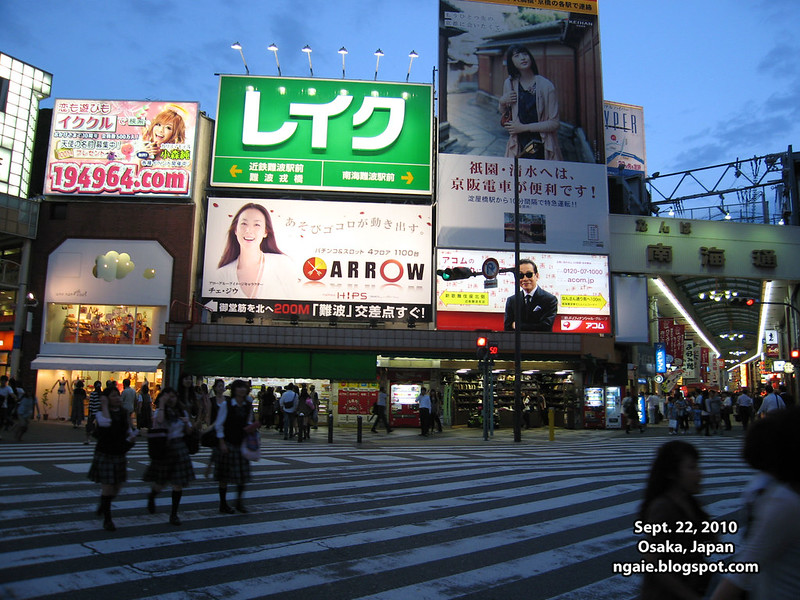

The next day I also explored the Shinsekai area of Osaka. Apparently one of the poorest areas of Osaka. It was modeled after New York and Paris in the 1920s which explains the presence of the Tsutenkaku Tower. One of its claims to fame are the concentration of kushi-katsu (Japanese-style deep fried kebabs) restaurants. Unfortunately, this time I did not try any.
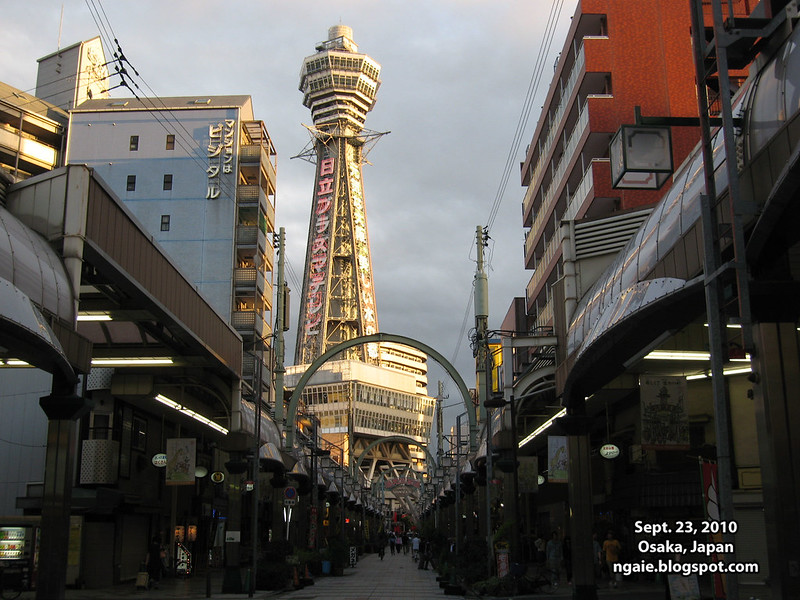
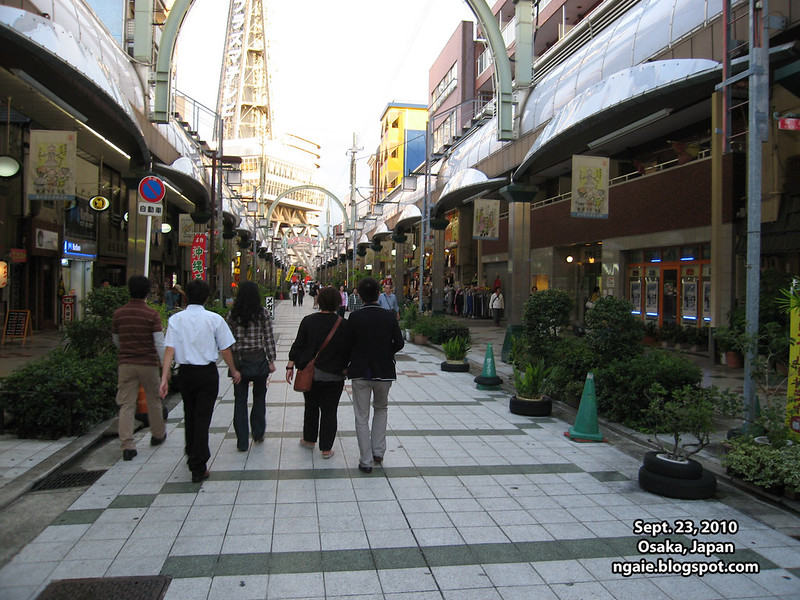
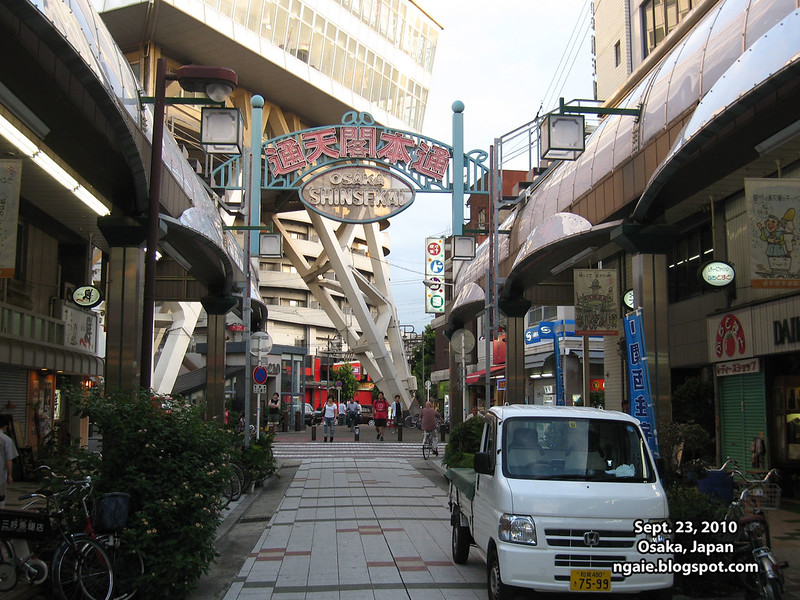
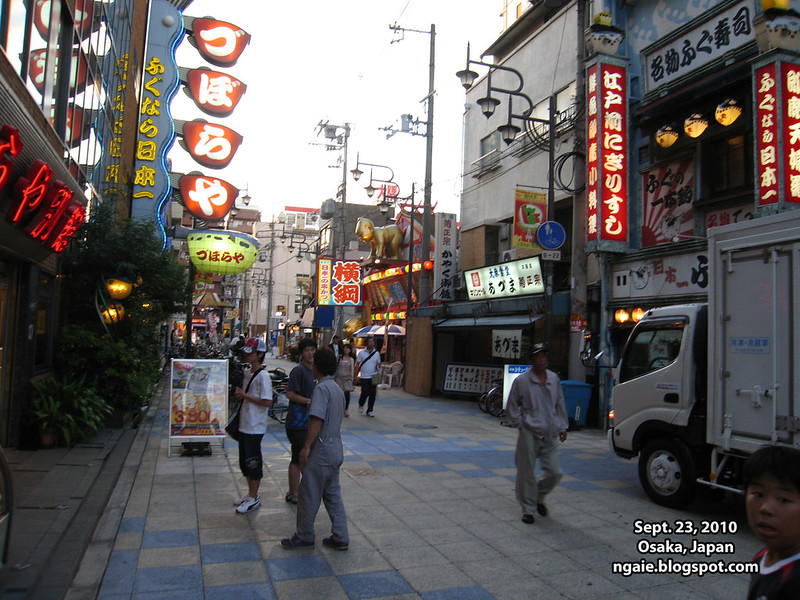
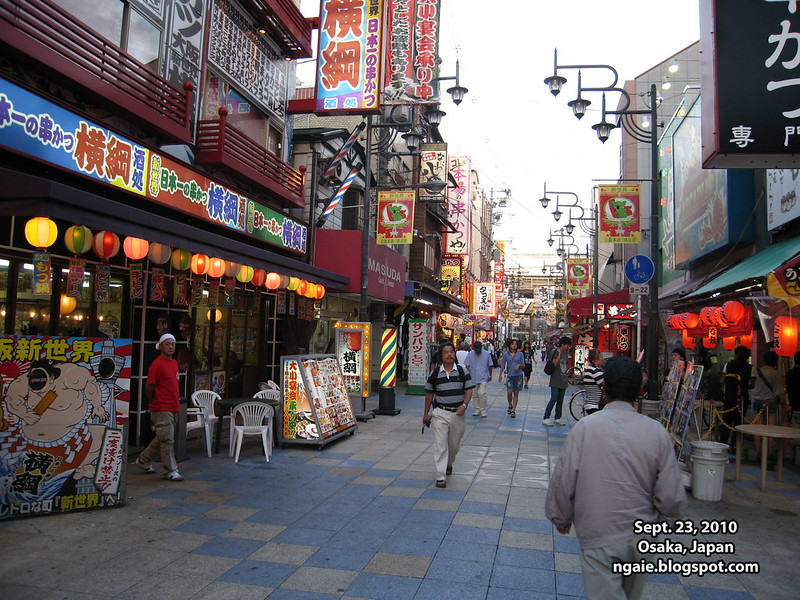
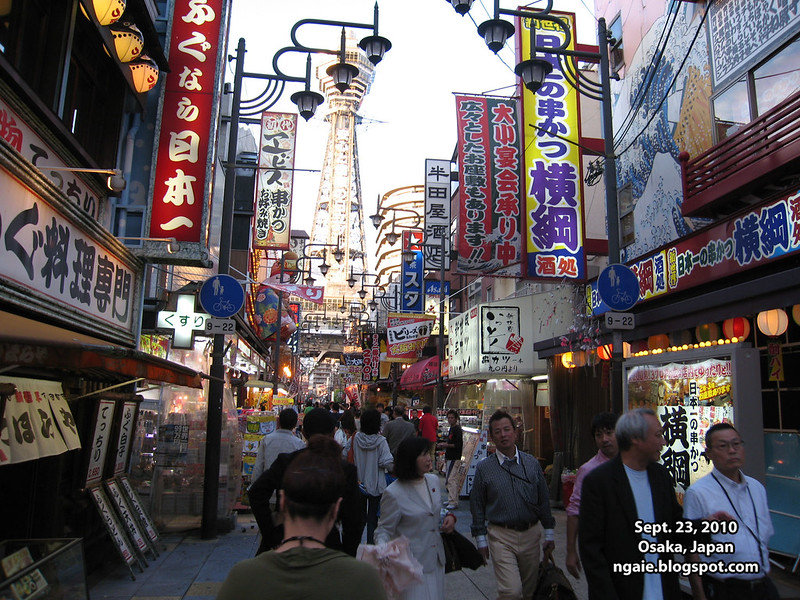
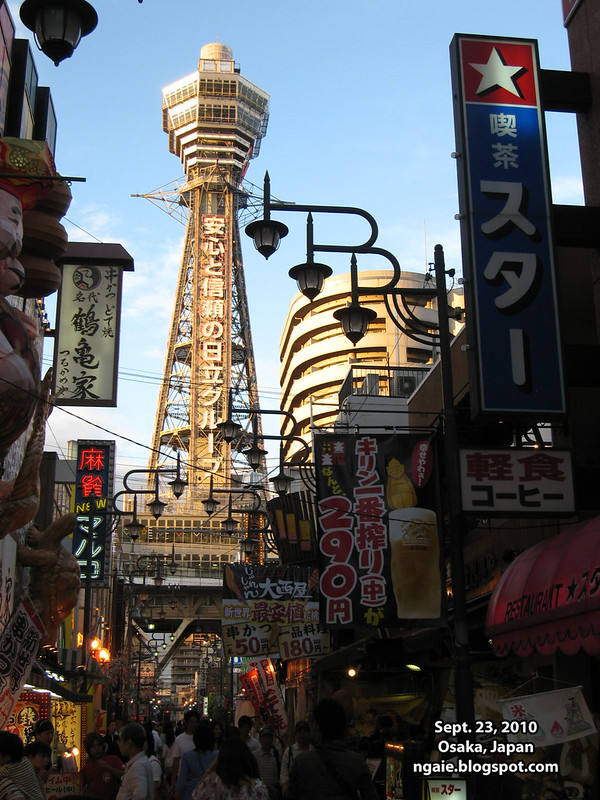
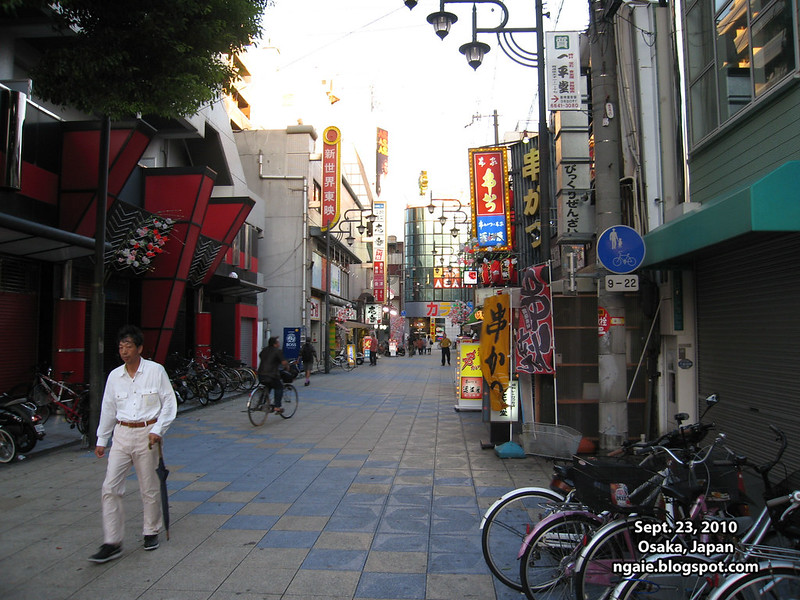

0 comments:
Post a Comment